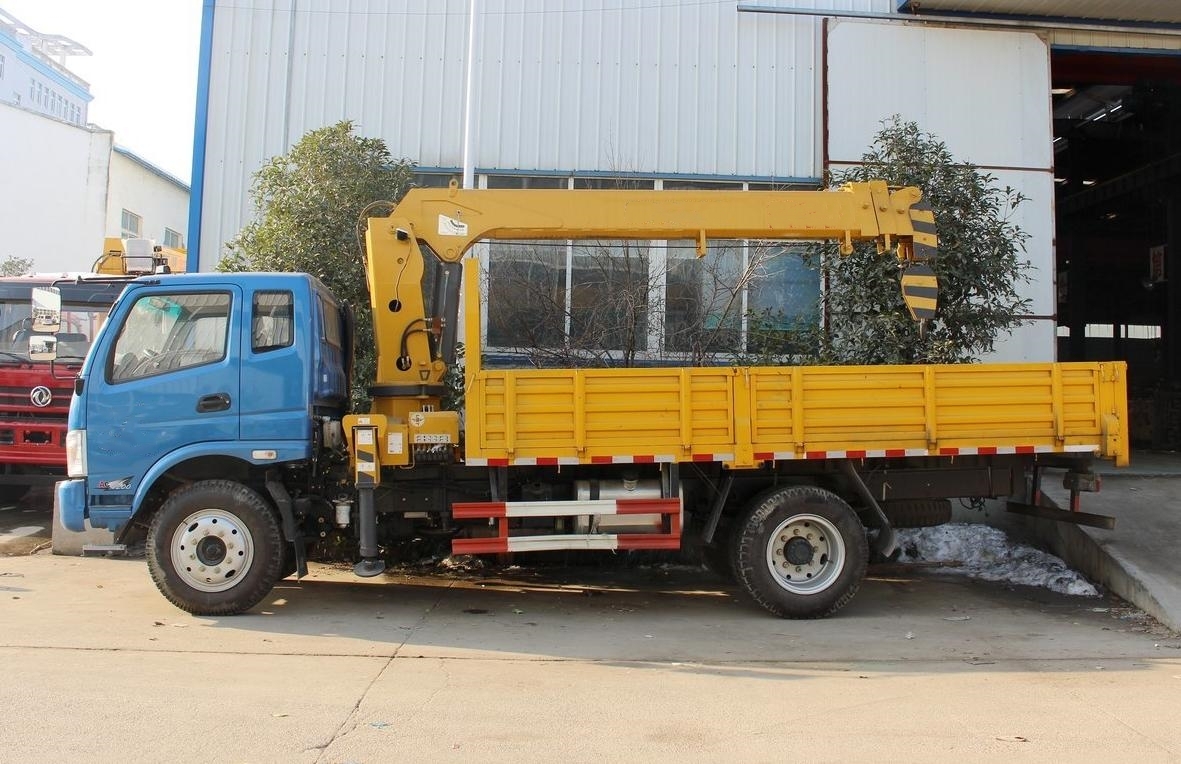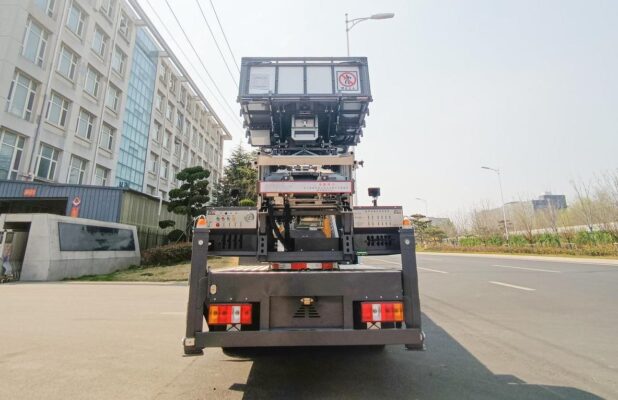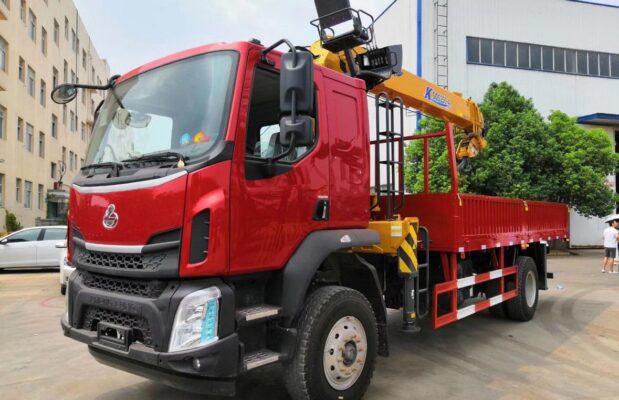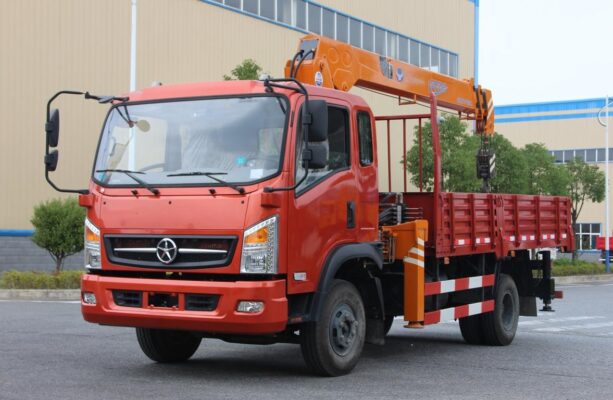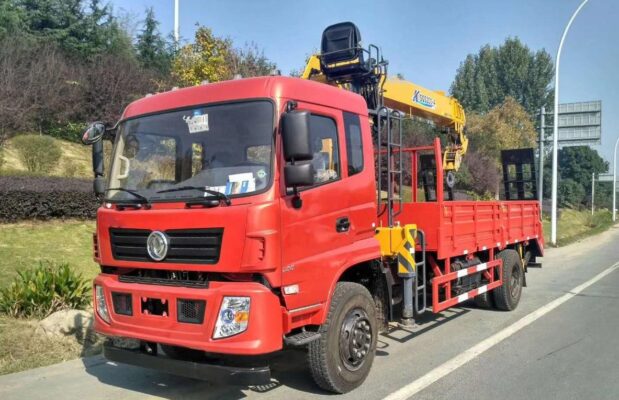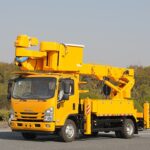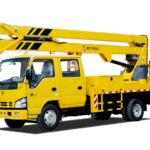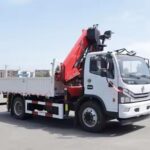Crane end beam deformation is a critical issue that can affect the performance, safety, and longevity of crane systems. Understanding the underlying causes of this deformation is essential for effective design, maintenance, and operation. This analysis focuses on several key factors that contribute to end beam deformation, including connection rigidity, lateral forces from trolley movements, and downward deflection of the main beam.
1. Connection Rigidity Between Main Beam and End Beam
One common practice to enhance the structural integrity of cranes is the welding of a steel plate or large angle steel at the junction where the main beam meets the end beam. While this approach can improve connection rigidity, it may inadvertently lead to end beam deformation. Here’s how this occurs:
- Stress Concentration: When the main beam and end beam are welded together, the connection area becomes a point of high stress concentration. If the welded connection does not allow for sufficient flexibility, any movement or load variations can result in bending forces that push the end beam outward.
- Thermal Expansion: During welding, the heat generated can cause localized expansion of the steel. If this expansion is not uniformly distributed, it can lead to warping or twisting of the end beam once the joint cools. This deformation is exacerbated in environments with significant temperature fluctuations.
- Load Transfer: If the main beam is not aligned properly or if the connection is not adequately designed to accommodate load shifts, the load transfer may cause bending moments in the end beam. This misalignment can manifest as outward deformation, compromising the overall structural integrity.
2. Lateral Forces from Trolley Movement
Another significant factor contributing to end beam deformation is the lateral forces exerted when the trolley moves along the track. These forces can originate from various operational scenarios:
- Trolley Scraping the Track: If the trolley “scrapes” or comes into contact with the track, it generates lateral forces that can exert stress on the end beam. This scraping can occur due to misalignment of the track, excessive load on the trolley, or insufficient clearance. The resulting lateral forces can bend the end beam outward, leading to deformation.
- Dynamic Loading: The movement of the trolley introduces dynamic loads that vary in magnitude and direction. Rapid acceleration, deceleration, and changes in direction can generate additional lateral forces that impact the end beam. If the end beam is not adequately designed to resist these forces, it may deform under the dynamic loading conditions.
- Uneven Load Distribution: When the trolley carries uneven loads, the resulting imbalance can produce lateral forces that affect the end beam’s structural integrity. This uneven distribution of weight can exacerbate the bending of the end beam, especially if the crane is not designed to handle such variations in loading.
3. Downward Deflection of the Main Beam
The downward deflection of the main beam during operation is another critical factor leading to end beam deformation. This phenomenon can occur due to several reasons:
- Excessive Load: When the crane is subjected to loads that exceed its design capacity, the main beam experiences significant deflection. This downward bending can translate into vertical forces at the connection point with the end beam, causing it to bend outward as well.
- Material Fatigue: Over time, repeated loading and unloading can lead to material fatigue in the main beam. As the material properties degrade, the beam may experience increased deflection under normal operational loads. This deflection can place additional stress on the end beam, contributing to its deformation.
- Structural Design Limitations: If the main beam is inadequately designed to handle anticipated loads, it may deflect more than expected during operation. This excessive deflection can impose bending moments on the end beam, causing it to deform over time.
Conclusion
Crane end beam deformation is a multifaceted issue influenced by various operational and design factors. Key causes include the rigidity of the connection between the main and end beams, lateral forces from trolley movements, and downward deflection of the main beam during use.
To mitigate these issues, it is crucial to ensure proper design practices, including adequate consideration of connection rigidity, alignment, and load distribution. Regular inspections and maintenance can also help identify early signs of deformation and address any underlying issues before they compromise the crane‘s performance. By understanding the causes of end beam deformation, operators and engineers can implement more effective strategies to enhance crane safety and longevity.

